 Colors, colors everywhere...
Colors, colors everywhere... During one of my past visits in Paris, strolling along the Seine on Quai Voltaire, I wandered inside the Sennelier store appropriately named “Couleurs du Quai”.
The historical art supply store was opened in 1887 close to l’Ecole des Beaux-Arts by Gustave Sennelier, a chemist who soon produced paints using local pigments and binders. Over the years, the family business collaborated with artists such as Picasso, Cézanne, Dali, Chagall and others to create products and colors in response to their creative needs. And today the store still is the Ali Baba’s cave for visual artists. So many colors… so many papers… and so many brushes… to choose from.
YouTube: Sennelier, 3 Quai Voltaire, Paris
You might recall from my April 2015 blog that I love playing with colors and learning about them. They are fascinating! In addition to embellishing our world, colors have amazing stories, complex origins, and often intriguing names.
I travel far holding a watercolor tube of ultramarine, a deep blue from “beyond the sea”, named for the lapis lazuli pigment imported to Europe from Afghanistan in the 14th and 15th centuries.
Caput mortuum, a soft mauve-brown, can transport me in ancient Rome where the Latin words caput mortuum mean “head of the dead”. But I could also jump back into the medieval realm of alchemists for whom capita mortua were “worthless remains”? Or simply walk in a chemistry lab to prepare the pigment from the iron oxide hematite.
Have you heard of the color malachite ? A vibrant green, named after the copper carbonate hydroxide mineral Cu2CO3 (OH)2 often formed by the weathering of copper-rich ores.
What color captures your imagination?
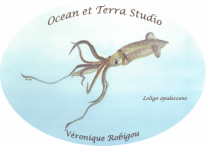
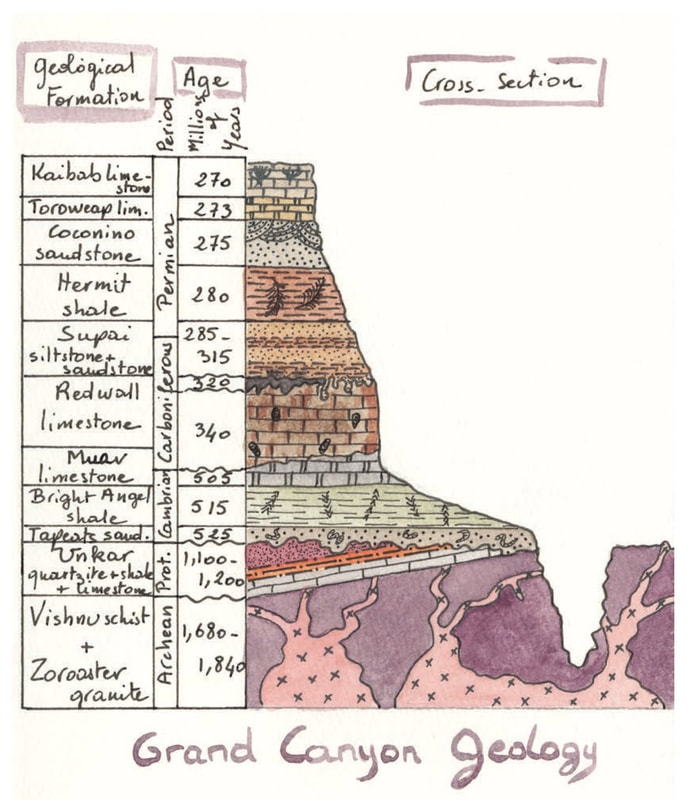
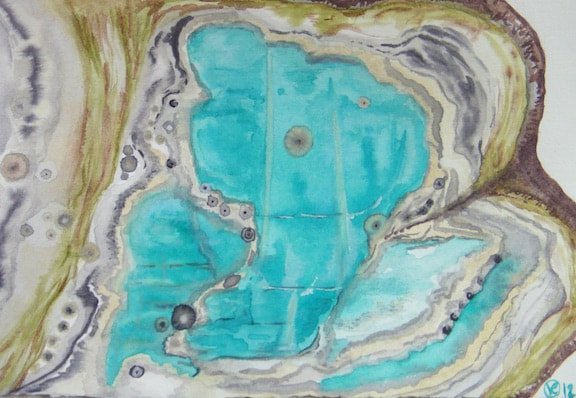
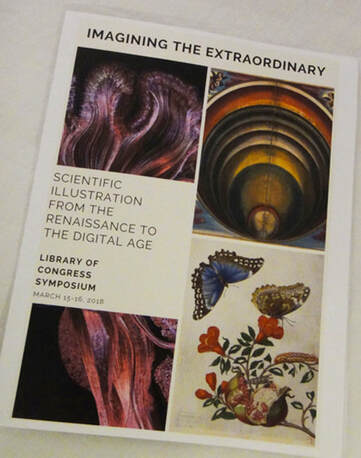
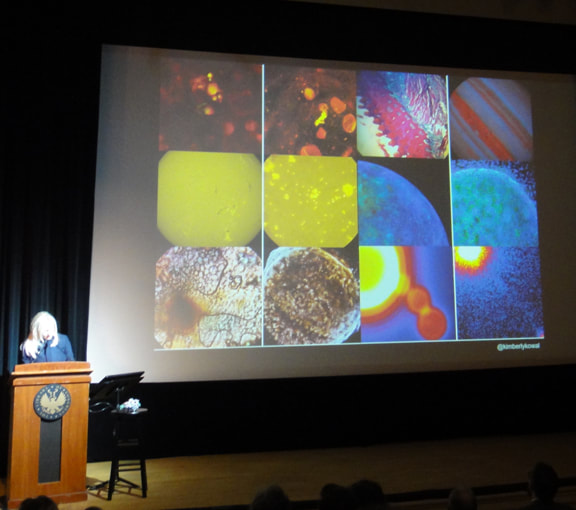
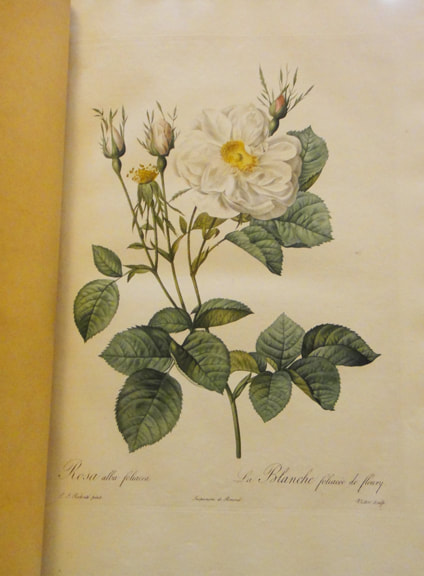
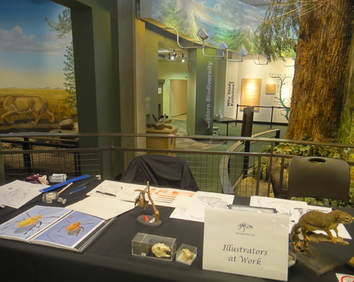
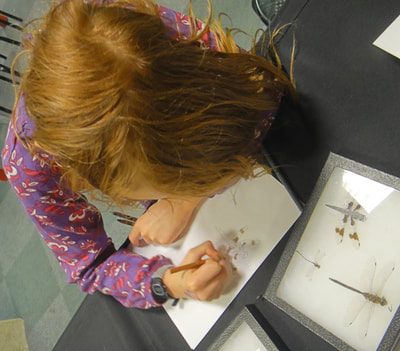

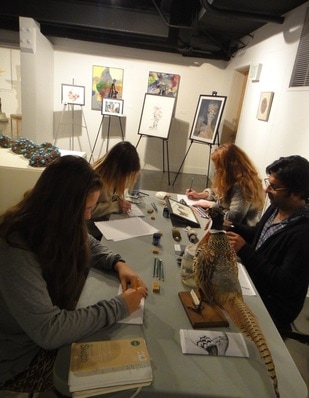
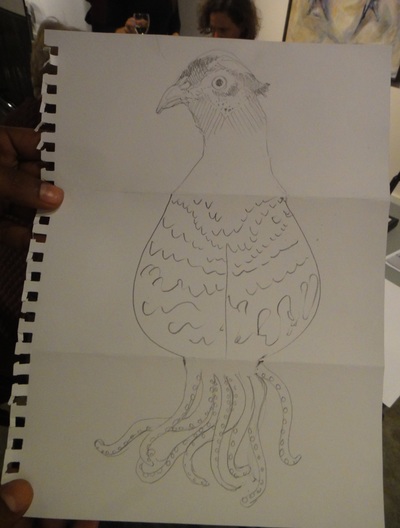


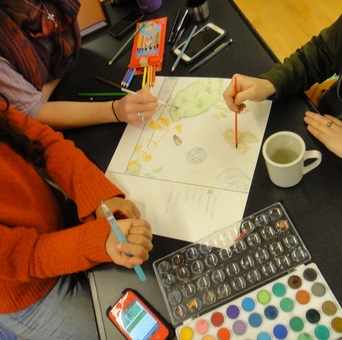
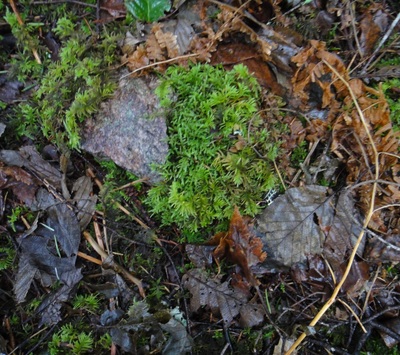
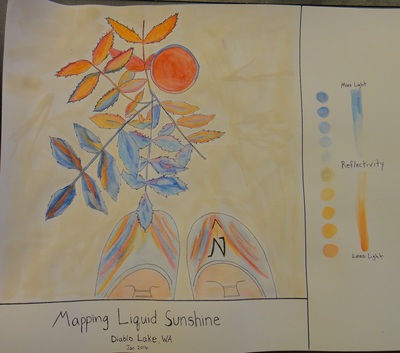
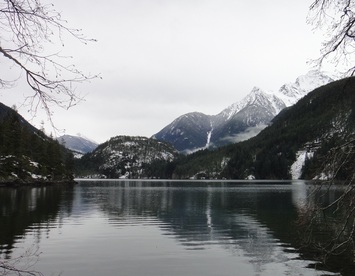

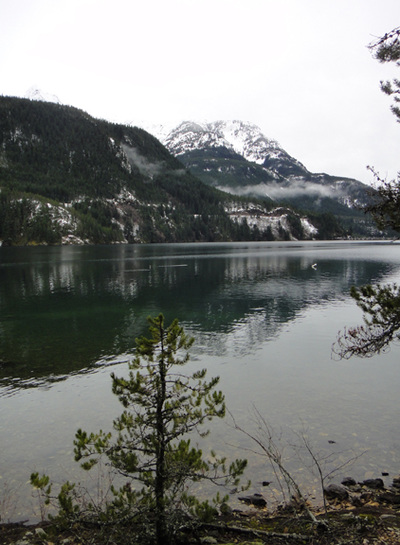
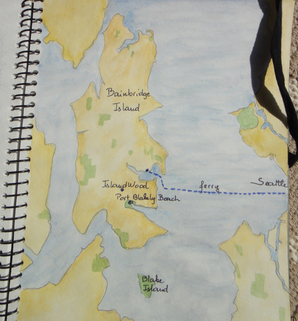
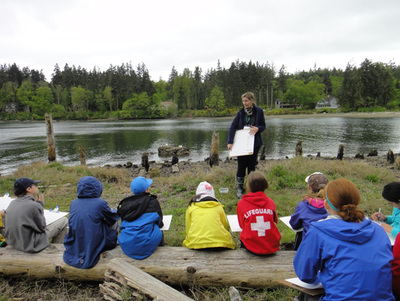
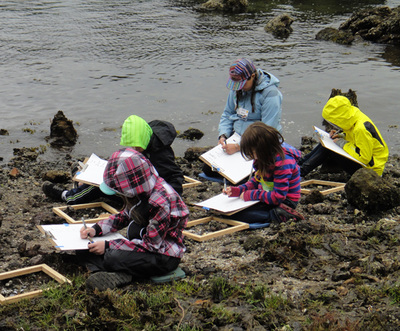

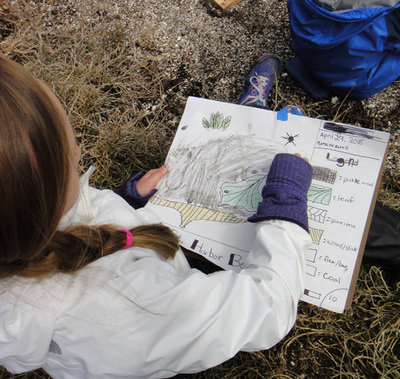

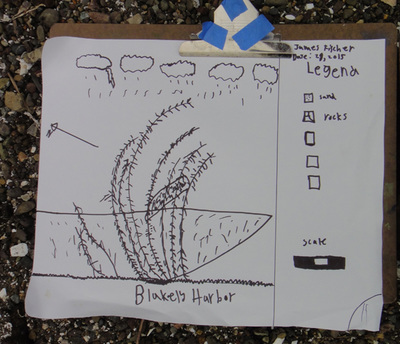
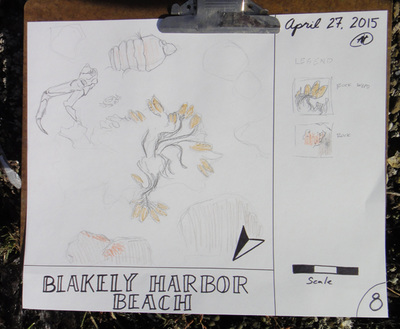
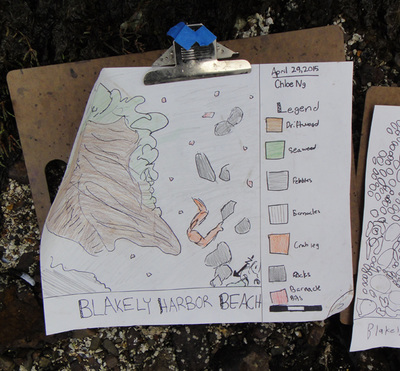
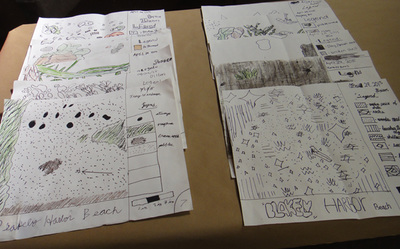
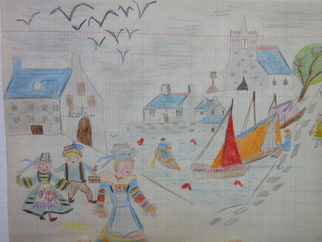
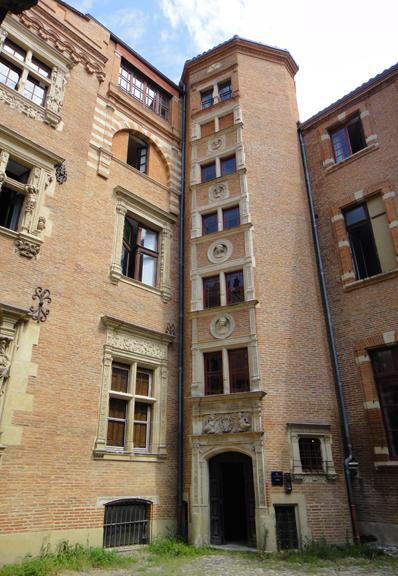
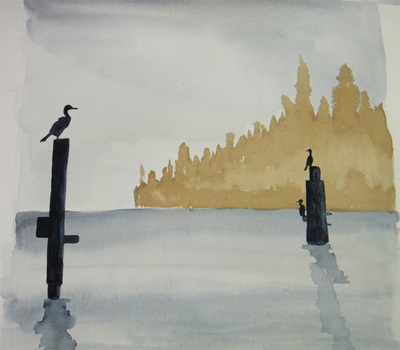

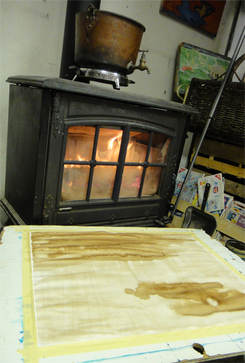
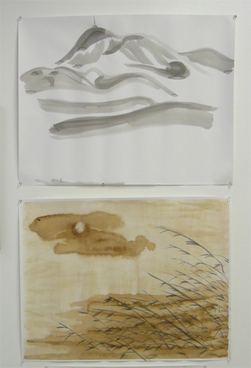


 RSS Feed
RSS Feed